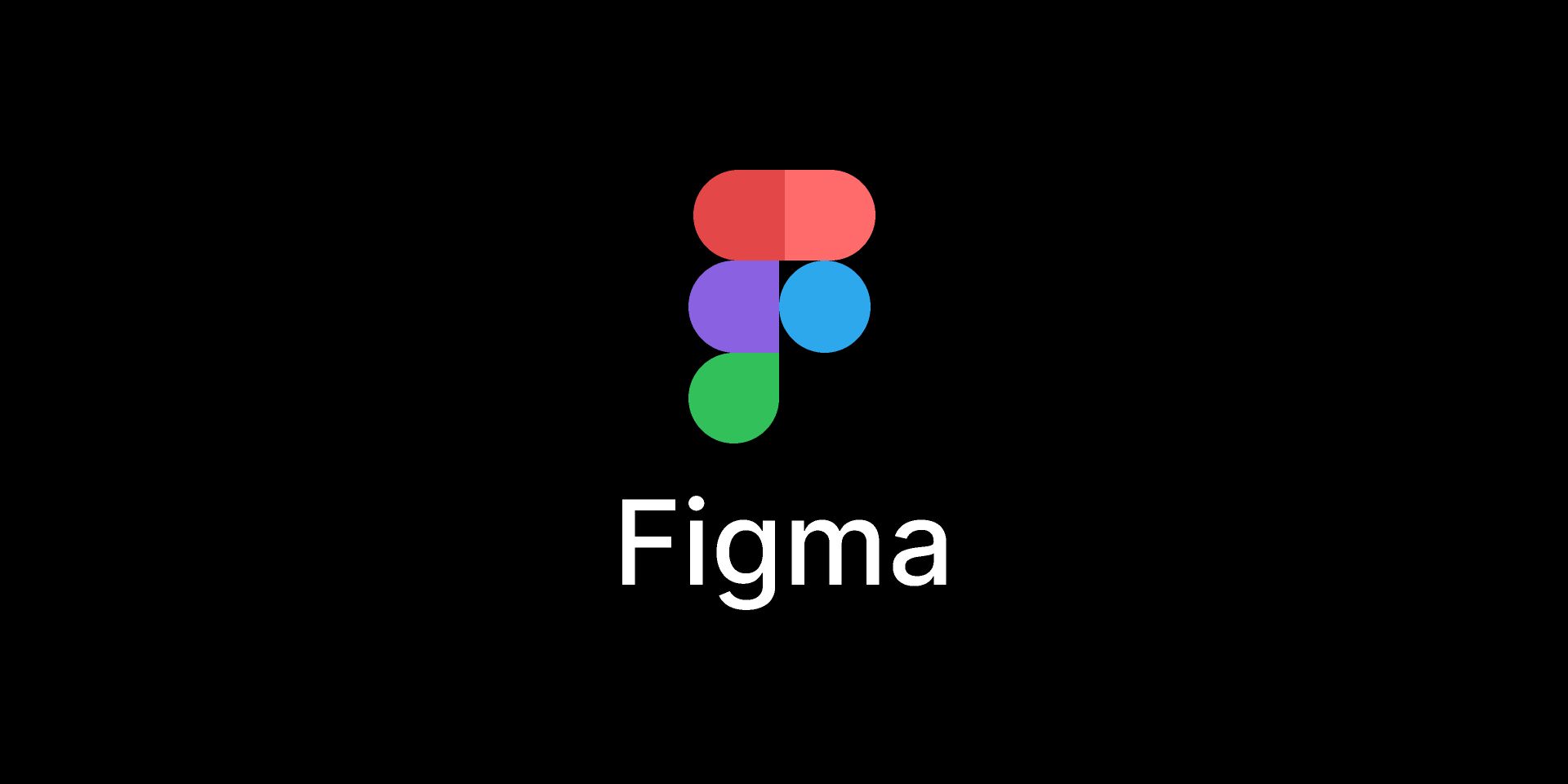
Figma is a popular web-based design tool that has revolutionized the way designers and teams collaborate on creating user interfaces. It has gained immense popularity in the design community for its powerful features and ease of use. Whether you are a seasoned designer or a beginner, Figma offers a seamless experience that allows you to create stunning designs and prototypes.
In this article, we will explore 15 astounding facts about Figma that highlight its versatility, efficiency, and impact on the design industry. From its collaborative capabilities to its robust design system features, Figma has not only simplified the design process but also transformed the way designers bring their visions to life. So, if you are curious to learn more about this remarkable design tool, buckle up and get ready to be amazed by these incredible facts!
Key Takeaways:
- Figma is a cloud-based design tool that allows easy collaboration and real-time updates, making it ideal for remote teams and freelancers. It simplifies design version control and offers an extensive library of design resources.
- Figma supports real-time collaboration and robust prototyping capabilities, enabling designers to work together seamlessly and bring their designs to life with interactive animations. It also offers cross-platform compatibility and a thriving design community.
Figma is a cloud-based design tool.
Unlike traditional design software, Figma operates entirely in the cloud, allowing easy collaboration and real-time updates across teams. With Figma, you can access your designs from anywhere, making it ideal for remote teams and freelancers.
Figma offers robust prototyping capabilities.
With Figma’s powerful prototyping features, you can create interactive animations and transitions to bring your designs to life. This enables you to showcase your designs seamlessly and gather valuable user feedback.
Figma supports real-time collaboration.
One of the standout features of Figma is its collaborative nature. Multiple designers can work on the same file simultaneously, making it easy to brainstorm ideas, iterate designs, and provide feedback in real-time.
Figma simplifies design version control.
Gone are the days of saving multiple file versions. Figma automatically saves your design history, allowing you to revert to any previous version whenever needed. This ensures a seamless workflow and eliminates the risk of losing important design iterations.
Figma provides an extensive library of design resources.
With Figma’s vast collection of design resources, you can save time and effort by utilizing pre-built UI kits, icons, and templates. This offers a solid foundation for your designs, allowing you to focus on creativity and functionality.
Figma allows design handoff to developers.
Figma streamlines the collaboration between designers and developers. With its built-in design handoff feature, developers can access design specifications, assets, and CSS code directly from Figma, ensuring a smooth transition from design to development.
Figma supports plugins for enhanced functionality.
Figma’s plugin ecosystem allows you to extend its capabilities further. From color palette generators to content placeholder tools, there is a wide range of plugins available to enhance your design workflow and productivity.
Figma offers cross-platform compatibility.
Whether you’re using a Mac, Windows, or Linux, Figma runs seamlessly on all major operating systems. This ensures that designers can collaborate and work on their favorite devices without any limitations.
Figma supports design system management.
With Figma, you can create and maintain design systems that ensure consistency across your projects. This enables you to establish style guidelines, share design assets, and maintain a cohesive brand identity throughout your designs.
Figma provides robust design collaboration features.
Collaboration is at the heart of Figma, offering features such as commenting, design sharing, and presentation mode. These features empower designers to gather feedback, present their designs, and iterate in a collaborative environment.
Figma offers versatile vector editing tools.
With Figma’s powerful vector editing tools, you can create intricate shapes, icons, and illustrations directly within the tool. This eliminates the need for external vector editing software and allows for a more streamlined design process.
Figma allows easy design component reuse.
Figma’s component feature enables you to create reusable elements such as buttons, cards, and navigation bars. This promotes consistency and efficiency in your designs, as any changes made to a component automatically update across all instances.
Figma supports design handoff to stakeholders.
Collaborating with stakeholders is made easy with Figma. You can share design files with clients or team members who don’t have Figma accounts, allowing them to view and comment on designs without any software installation.
Figma offers robust design versioning.
With Figma’s version history feature, you can track and manage design changes effectively. This provides you with full control over your design iterations and enables you to revert to previous versions if needed.
Figma has a thriving design community.
Joining Figma gives you access to a vibrant and supportive design community. You can find inspiration, attend design events, and connect with fellow designers from around the world, fostering creativity and collaboration.
Conclusion
In conclusion, Figma is an incredibly powerful and versatile design tool that has revolutionized the way designers collaborate and create. Its intuitive interface, real-time collaboration features, and robust design capabilities make it a top choice for professionals across industries. Whether you’re a UI/UX designer, product manager, or developer, Figma offers a seamless and efficient workflow that enhances productivity and fosters effective communication.With Figma’s cloud-based platform, designers can work together in real-time, eliminating the need for tedious back-and-forth exchanges of design files. Its comprehensive toolset allows for precise and flexible design customization, making it suitable for projects of any complexity. Additionally, Figma’s integrations with other popular tools and services further streamline the design process and enhance productivity.Overall, Figma offers an impressive array of features that make it an indispensable tool for design professionals. Its accessibility, collaborative capabilities, and robust design functionality make it a top choice in the industry, setting new standards for design collaboration and efficiency.
FAQs
1. What is Figma?
Figma is a cloud-based design tool that allows designers to collaboratively create and prototype designs in real-time. It provides an all-in-one design platform with a range of powerful features for designing user interfaces, wireframes, and prototypes.
2. How is Figma different from other design tools?
Figma stands out from other design tools with its real-time collaborative features. Multiple designers can work on the same file simultaneously, making it easy to collaborate and provide feedback. It also provides a cross-platform experience, allowing designers to work seamlessly on different operating systems.
3. Can Figma be used for prototyping?
Yes, Figma offers robust prototyping capabilities. Designers can create interactive prototypes with advanced interactions and transitions to simulate user experiences. These prototypes can be shared with stakeholders and tested for usability.
4. Is Figma suitable for beginners?
Absolutely! Figma is known for its user-friendly interface and easy-to-learn tools. Beginners can quickly grasp the basics and start designing without any prior experience. There are also extensive learning resources available, including tutorials and community support.
5. Can Figma be integrated with other tools?
Yes, Figma offers integrations with popular tools such as Jira, Slack, and Trello. These integrations facilitate a smoother workflow by allowing seamless collaboration and transferring design assets between different platforms.
6. Is Figma suitable for team collaboration?
Definitely! Figma’s collaborative features make it an ideal choice for teams working on design projects. Designers can easily share design files, provide real-time feedback, and work together on the same project, promoting effective collaboration.
7. Can designs created in Figma be exported to other formats?
Yes, Figma supports exporting designs in various formats, including PNG, JPG, SVG, and PDF. This flexibility allows designers to share their work with clients, developers, and other stakeholders, regardless of the preferred format.
Figma's incredible features make it a game-changer for designers. Its intuitive interface, powerful collaboration tools, and extensive library of resources simplify the design process. Figma's versatility allows seamless handoff to developers and stakeholders, while its thriving community offers endless inspiration. Want to supercharge your Figma workflow even further? Explore how Figma plugins can take your designs to new heights, unlocking limitless possibilities for creativity and efficiency.
Was this page helpful?
Our commitment to delivering trustworthy and engaging content is at the heart of what we do. Each fact on our site is contributed by real users like you, bringing a wealth of diverse insights and information. To ensure the highest standards of accuracy and reliability, our dedicated editors meticulously review each submission. This process guarantees that the facts we share are not only fascinating but also credible. Trust in our commitment to quality and authenticity as you explore and learn with us.


